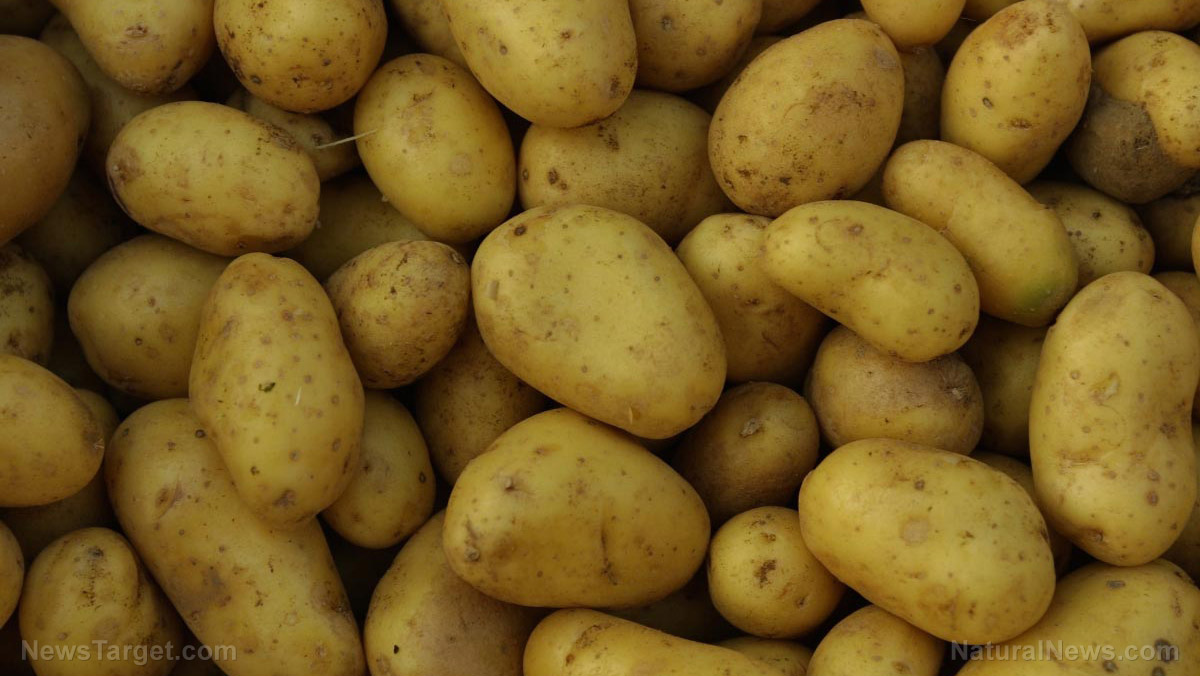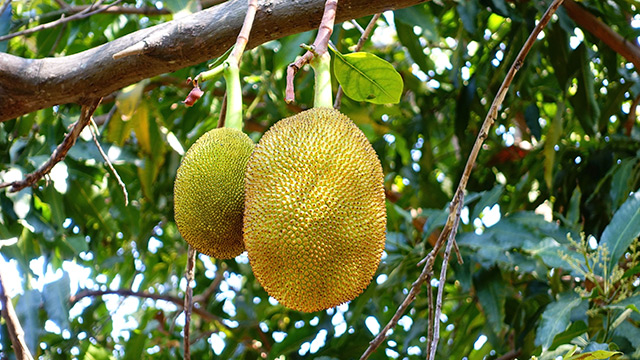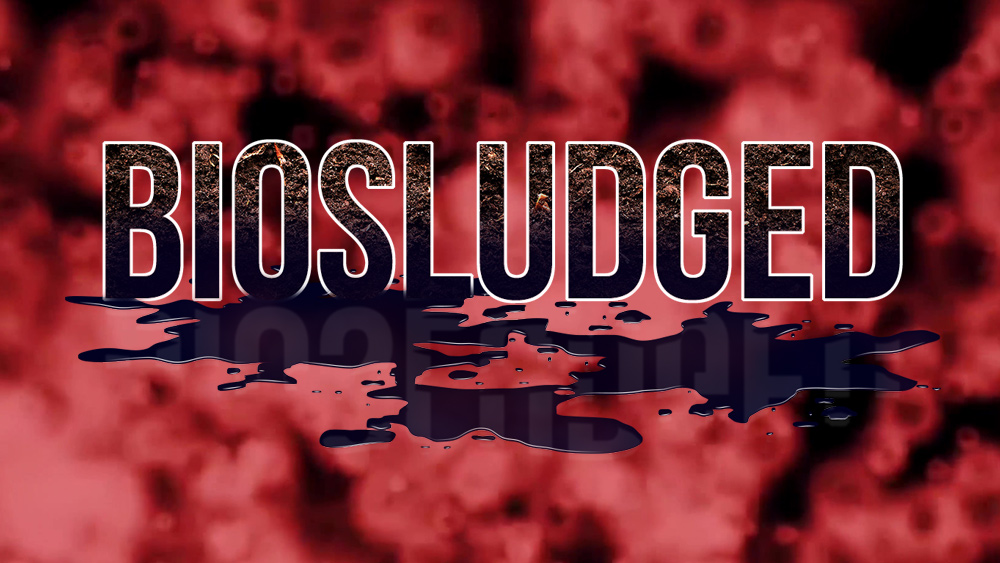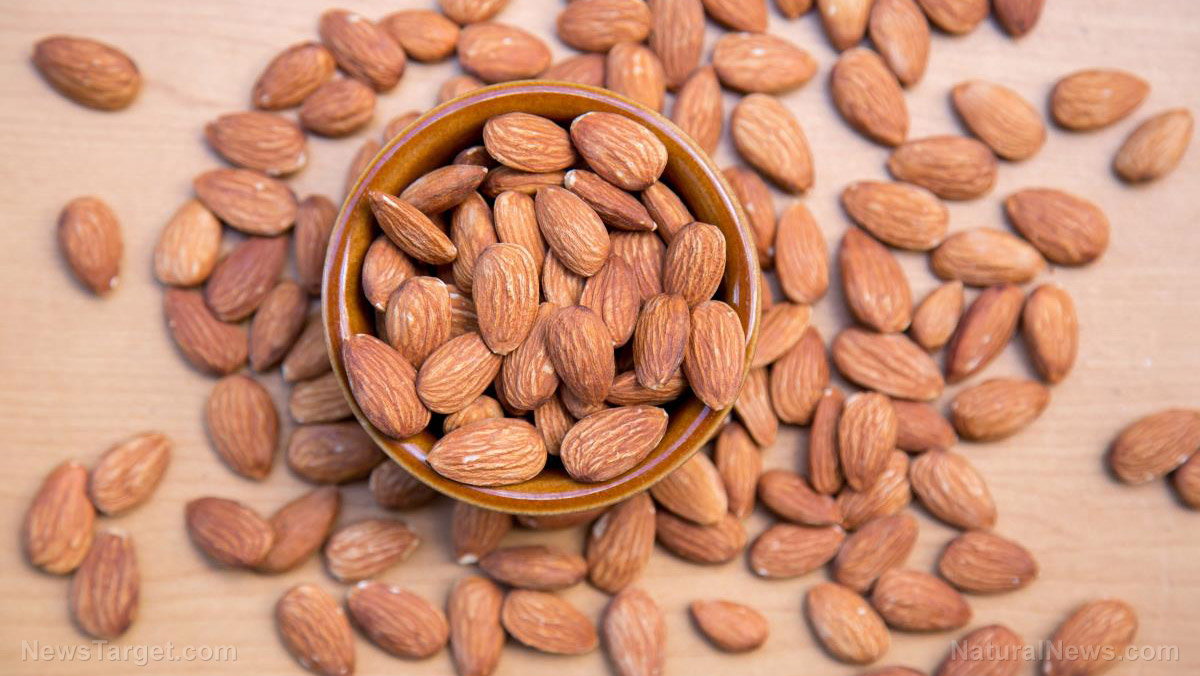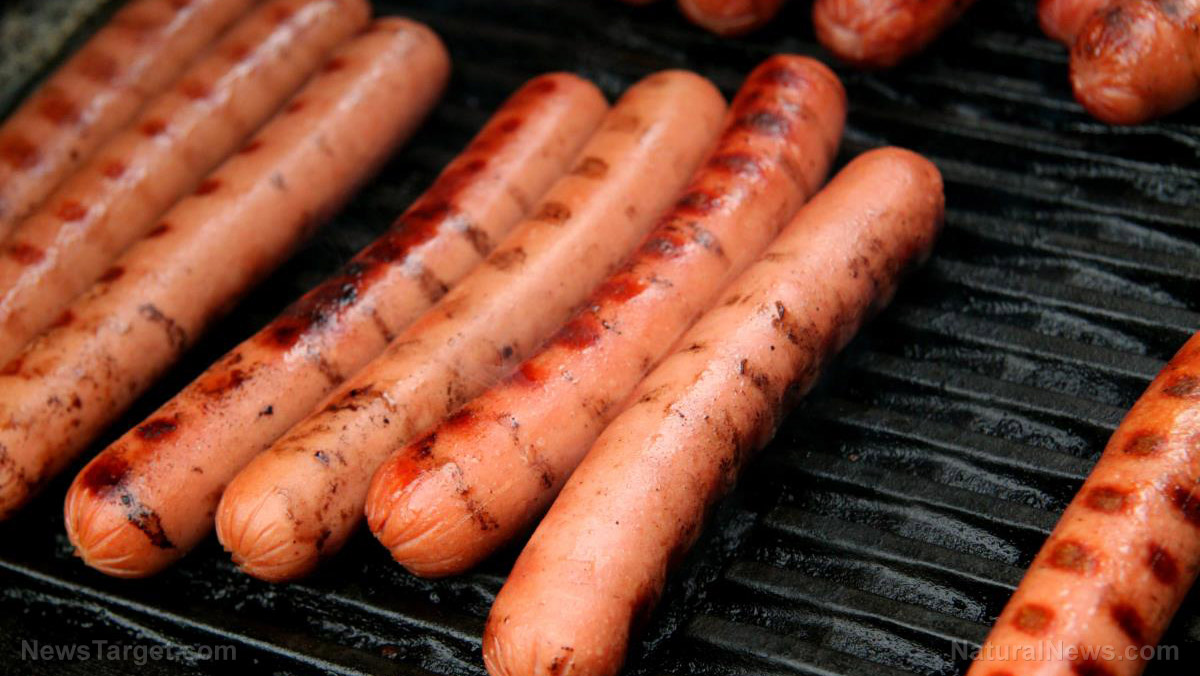Arkansas court rules with Monsanto, grants farmers right to spray toxic Dicamba herbicide that causes horrific crop damage to nearby farms
04/05/2018 / By Lance D Johnson
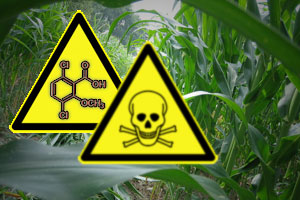
Millions of acres of U.S. crops were damaged in 2017 by a dicamba-based herbicide, manufactured by Monsanto and BASF SE. Dicamba herbicide is specifically designed to be sprayed on genetically modified, dicamba-resistant soybeans and cotton. These GM crops have been genetically engineered to withstand dicamba; however, the herbicide is very volatile. Dicamba drifts in the wind and can destroy neighboring crops.
After dicamba is sprayed, its toxic chemistry carries through the wind and causes damage to nearby crops that aren’t genetically modified to withstand the chemical. It was originally intended to be sprayed as a pre-emergent, before the crops are planted, but farmers began to use it throughout the entire growing season. Not only is dicamba destroying the biodiversity of plant life in the ecosystem, but it is also taking out natural crops, forcing more farmers to depend on Monsanto for the specific GM seeds that can withstand dicamba.
Six Arkansas farmers granted rights to spray dicamba after April 15
There is very little recourse for the farmers impacted by dicamba drift. They are losing upwards of 30 to 50 percent of their yields due to dicamba drift. Federal crop insurance doesn’t cover damage caused by dicamba drift. As the crop damage worsened in 2017, many farmers began to sue the manufacturers. Many states have taken action to limit the use of dicamba. Arrogantly, Monsanto has been fighting back. Six Arkansas farmers, now dependent on Monsanto’s technology, are suing the state of Arkansas so they can continue to use dicamba in 2018.
Backing Monsanto’s takeover of U.S. agriculture, Pulaski County Circuit Judge Tim Fox just granted the six farmers the right to spray toxic Dicamba after the April 15 cut off date. This decision will inevitably force more farmers to depend on Monsanto, because many won’t be able to stop dicamba’s encroaching crop damage.
Monsanto blames the farmers for dicamba’s destruction
Monsanto asserts that when dicamba is used properly, it doesn’t cause damage to nearby crops. In the end, Monsanto blames the crop losses on the farmers, because the farmers didn’t apply the chemicals correctly. This shifting of blame highlights the sociopathic nature of Monsanto’s organization. In this realization, many farmers are beginning to realize that Monsanto’s agrochemicals are the pestilence. Monsanto’s herbicides are the real menace, plaguing their farms and livelihood. (Related: Dicamba “drift” destroying crops downwind from application sites of Monsanto’s toxic herbicide.)
Monsanto still has the upper hand over U.S. farming, though. Once farmers begin using GM technology, they become trapped in a cycle of dependence. Natural crops do not thrive in an environment that has been consumed by herbicides. In order to maintain yields of the most profitable crops, farmers are trapped into growing only the genetically modified seeds that have been engineered to withstand the herbicides. Any surrounding farms are at the mercy of these herbicides. The toxic chemistry of these herbicides drifts and causes damage to natural crops. This forces more farmers to accept Monsanto’s technology as the answer to continue their operation. And so the cycle of corruption continues.
For more on Monsanto’s destruction, visit GMO.News.
Sources include:
Tagged Under: agriculture, biodiversity, chemicals, crop damage, dicamba drift, dicamba herbicide, farmer livelihood, GMOs, herbicides, Monsanto, sociopath, toxins, Xtend

